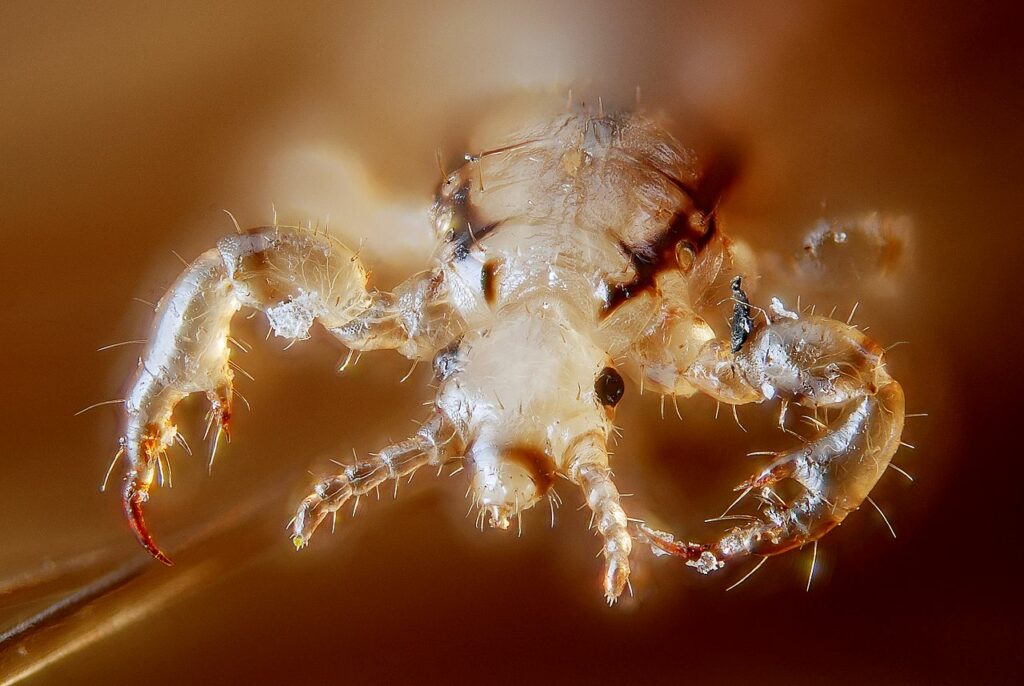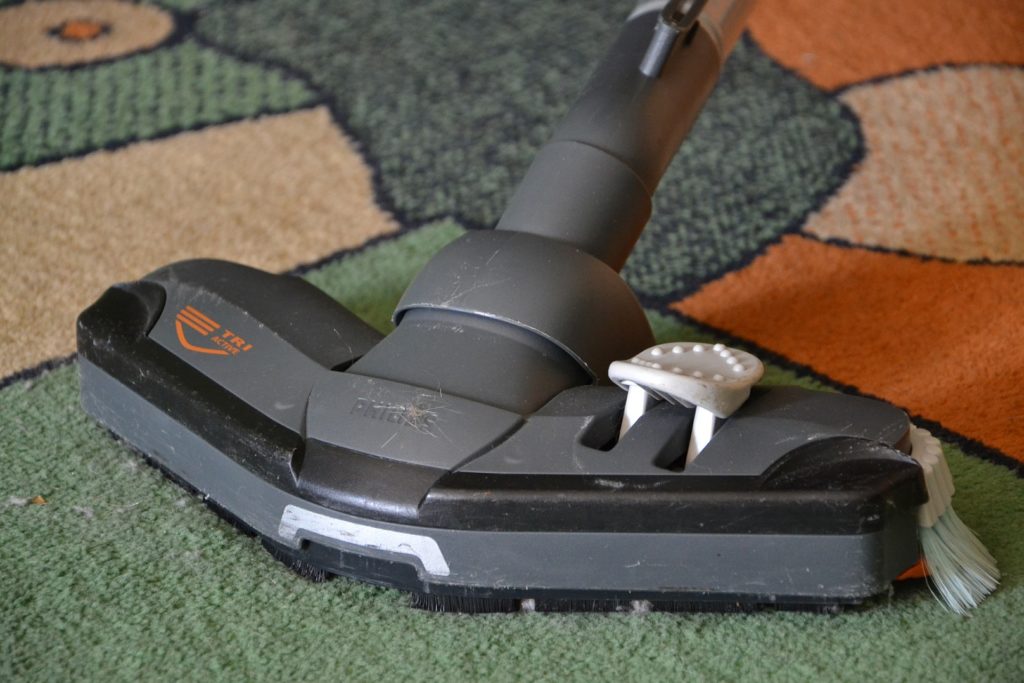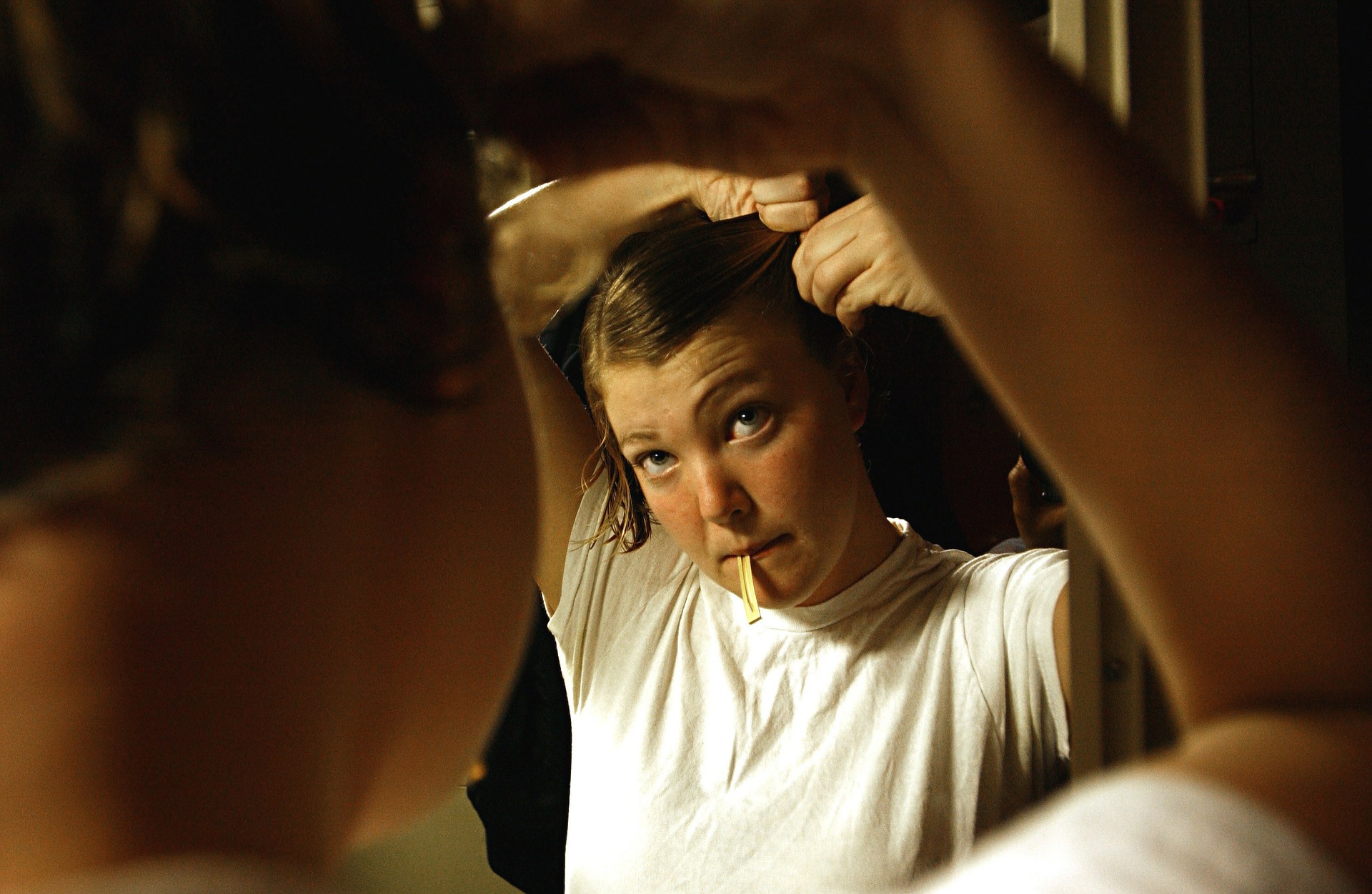If you have been diagnosed with a head lice infestation you will have to endure head lice treatment. But what if the head lice treatment doesn’t work? There are a lot of reasons why your treatment is ineffective. Thankfully, there are also a lot of ways to turn things around. Here we advise what you can do if your head lice treatment doesn’t work…
Why your head lice treatment doesn’t work
If you are using a head lice treatment and you don’t notice any difference in your head lice infestation within a few weeks, you may want to re-evaluate how you are dealing with the infestation. You may be using an ineffective product, improperly using an effective product, or dealing with head lice that are immune to the ingredients of the product.
- You are using ineffective and unproven treatments. Your head lice treatment doesn’t work because it may be inherently ineffective and unproven to get rid of head lice. For instance, home remedies are all the rage for those who prefer the natural method and those who want to avoid the risks of medications. But most home remedies don’t work and they are not backed by science. Some of them can also be dangerous when applied to your skin and hair, such as acetone, bleach, and vodka.
- You are not using the treatments properly. It takes 2-3 weeks to completely get rid of a head lice infestation. This is because most treatments require multiple sessions with intervals to properly kill all head lice and their eggs. If your head lice treatment doesn’t work, you are probably not using it according to the instructions on its label.
- You are dealing with super lice. You can follow the instructions on your head lice treatment packaging diligently and the treatment can still be ineffective. If this is the case, you may be dealing with super lice. Super lice are just like ordinary head lice. The only difference is that super lice are incredibly resistant to the common ingredients you can find in over-the-counter head lice treatments. If you think you are dealing with super lice, it’s best to get prescriptions.

What to do if your head lice treatment doesn’t work
It’s not the end of the world if your head lice treatment doesn’t work. There are things you can do to turn the odds in your favor. Get rid of these pests for good with the following tips.
1. Consult a doctor
Consulting a medical professional will always be the best way to get rid of any medical problem. Sure, head lice are not known to spread diseases. But medical issues can still rise if you have them. You can suffer from intense itching and loss of sleep. These two can lead to other issues, such as compromised immune systems, infections, irritability, skin irritations, and sores. These risks should be enough reason for you to take head lice infestations seriously.
There are effective and proven over-the-counter head lice treatments out there. But consulting a medical professional is still better because they can look at your specific case and give you the appropriate product, unlike the generalist approach of over-the-counter medications. Many over-the-counter head lice treatments are also not safe for very young children.
2. Use effective and proven over-the-counter medication
Yes, medical professionals will be able to prescribe more effective head lice treatments. But this doesn’t mean that over-the-counter head lice treatments are not effective. They still are. In fact, many of their ingredients used to be available through prescription only. It just so happens that some head lice have already developed resistance to these ingredients because of how commonly used they are.
If you are not dealing with super lice, over-the-counter medications may be enough to get rid of your head lice infestation. Look for products with pyrethrin or permethrin. You will usually see them in the form of creams, lotions, and shampoos.
3. Use the prescription or over-the-counter medication as instructed
This can’t be stressed enough — use the head lice treatment properly! The problem with many people is that they just buy or get medication from their doctors and blindly use it without understanding how. They will expect results fast just because they have finally applied the head lice treatment on their heads.
Read the instructions on the labels carefully and listen to your doctor. Using the head lice treatment improperly is not just ineffective. It is also reckless. If your head lice keep getting exposed to the ingredients of your head lice treatment and not dying in the process, you are only helping them gain resistance to these ingredients. This will only make them harder to eliminate.
4. Get rid of head lice in your home
Head lice are parasitic insects that need to suck on their host’s blood to survive. Without their blood meals, they can only live for up to two days. They are aware of their vulnerability, so they cling to their host as tight as they can to avoid falling off. But on instances where they do fall off, they can just reinfest another person. Two days is a lot of time to look for a new host.
Your head lice treatment may be effective, but head lice may still come back again and again if they are in your household. You may be killing off the head lice in your head. But what about the stray ones you can find in combs, mattresses, pillowcases, towels, and other parts of your home? Make sure to vacuum all surfaces in your home, particularly those that touch your head. And then throw away the contents of the vacuum bag to a garbage can outside your home to prevent the vacuumed head lice from coming back.

5. Prevent the spread of head lice
Yes, you can get head lice infestations from your furniture and personal items. But this is not likely. The most common way to get a head lice infestation is by making contact with someone who already has head lice. Head-to-head contact in particular is risky because crawling is the head lice’s primary movement, not flying or jumping.
You can use the most effective head lice treatment in the world. But you will still not be able to completely get rid of head lice if you keep getting them from others. Children are more likely to get head lice because they lack the sense of personal space, so make sure to warn your children against bumping heads with friends at school.
Three main reasons why head lice treatment doesn’t work
There are three main reasons why your head lice treatment doesn’t work. You may be using an ineffective product, using an effective product improperly, or dealing with head lice that are resistant to the product.
Get rid of head lice effectively by consulting a doctor, following instructions diligently, and preventing the further spread of the pests.

